In 1901, Thomas Fleming Day, who founded The Rudder a decade earlier, conceived a boat that would bring ocean voyaging to the common man. Simple enough to be built by amateurs, small enough to be singlehanded, and big enough for long passages, the Sea Bird yawl still beckons those with a sense of adventure.She was originally a centerboarder, but Day soon added a deep keel for ocean passages, including an Atlantic crossing he made in 1911. With The Rudder’s publicity, plans, and instructions, the design soon caught hold. Hundreds have been built. Day’s vision turned out to be unusually lovely for a hard-chined hull, in plans formalized by C.D. Mower and Larry Huntington. Boats of this type have cross-sectional shape consisting of nearly straight lines rather than the svelte curves of racing craft. Sea Bird’s sweeping chine curve rises high forward and aft and just kisses the waterline amidships. The shape is complemented by her gaff-headed yawl rig. In 1981 WoodenBoat, working with Mystic Seaport, had the plans redrawn by Dave Dillion (see WB No. 43), and the seven-sheet set of plans, which includes the deep-keel option, is still available through The WoodenBoat Store. At 25’ 7 1⁄2” overall, the centerboard version of the Sea Bird can—with effort—take to the water each spring from a launching ramp, with her 1,300 lbs of ballast added later.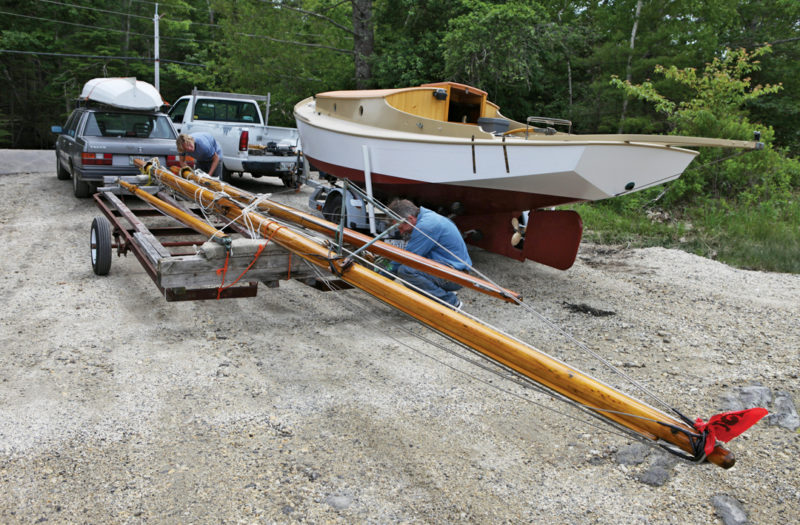 Joel Page
Joel Page
Join The Conversation
We welcome your comments about this article. To include a photo with your remarks, click Choose File below the Comment box.

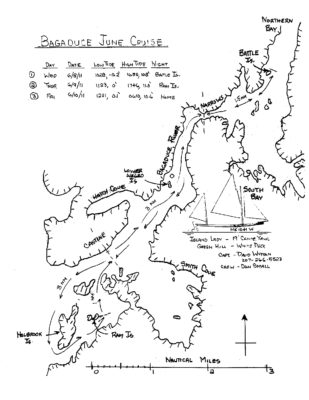

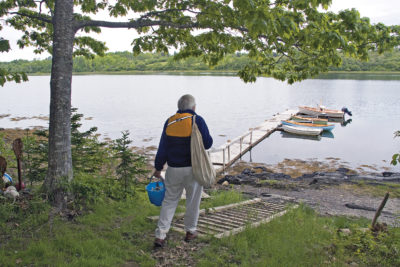
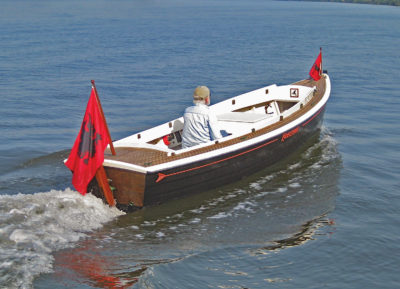
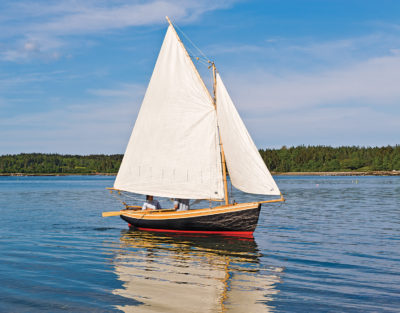
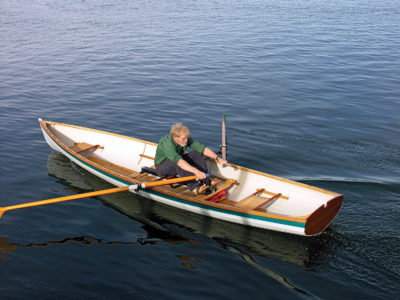
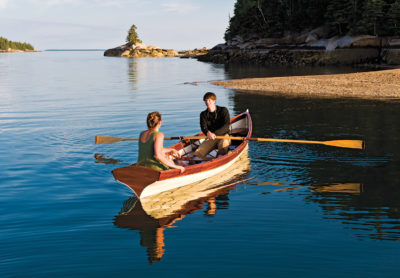
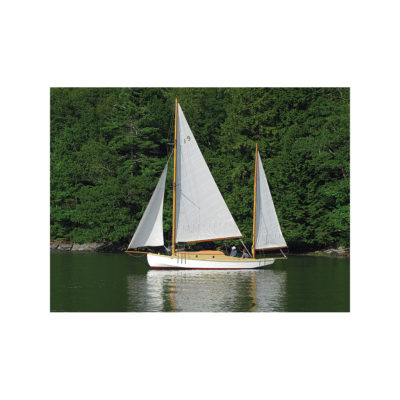
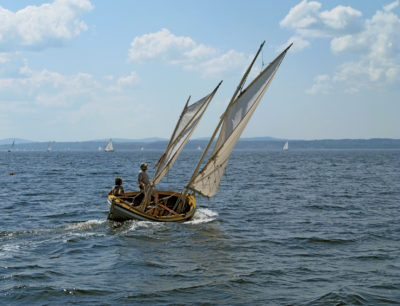
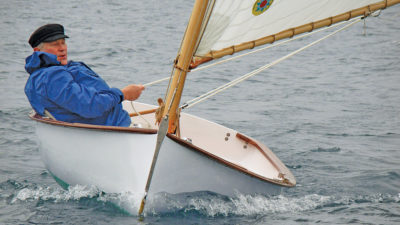
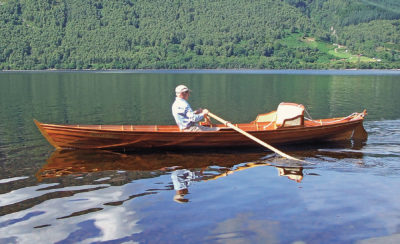
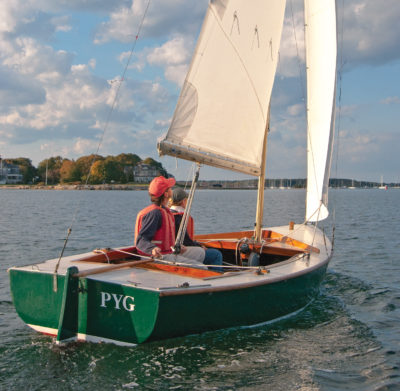
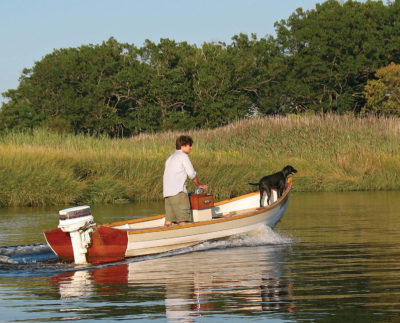

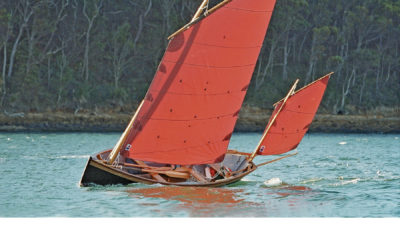
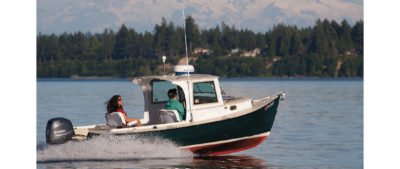
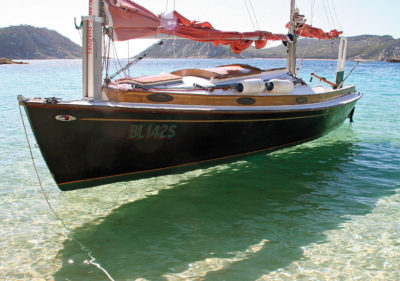
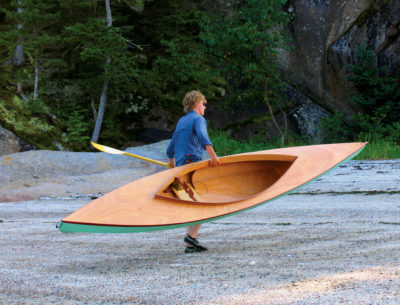
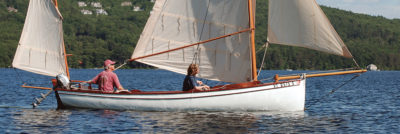
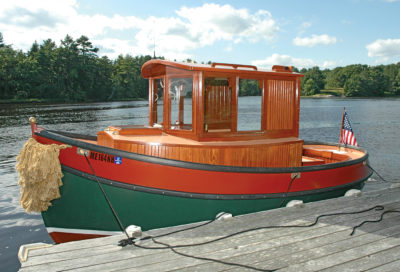
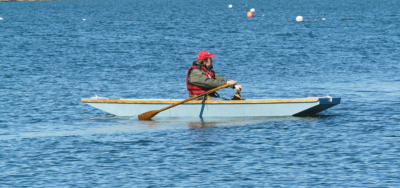
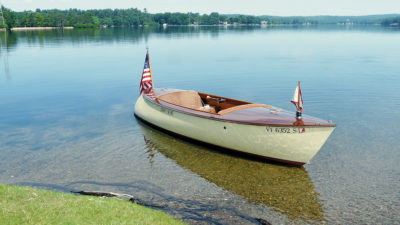
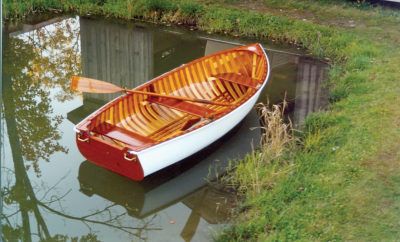
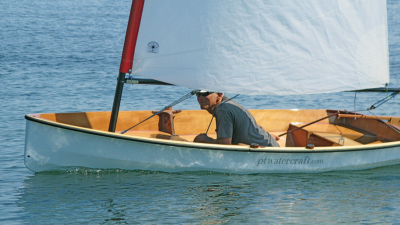
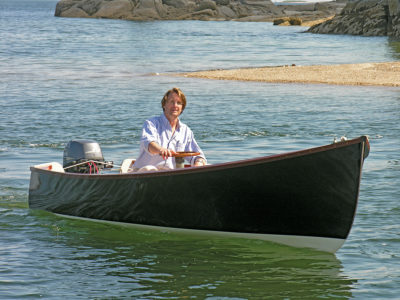
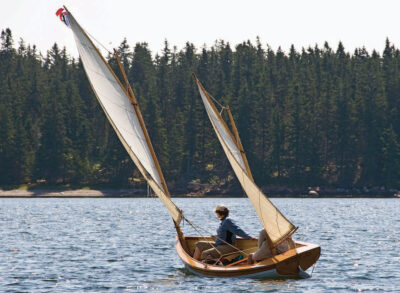
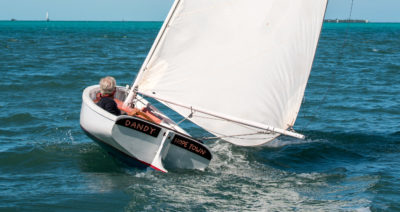

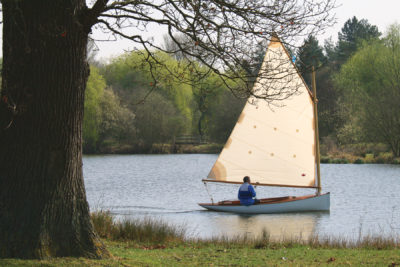
My uncle, Harry Pidgeon, built and sailed the most important Seabird yawl. It was named ISLANDER and he was the first to sail around the world alone twice. He was on his third when he was shipwrecked by a storm in the New Hebrides.
Nice story your uncle shared of his time doing it as well.
Great to hear from you, Bill. I hope you might have seen Eric Vibart’s article in WoodenBoat No. 206 (January/February 2009) about Harry. He must have been a fascinating character!
What a great article about the Sea Bird. Eric Vibart wrote an article about my Sea Bird Yawl L’ESPILL DEL MAR in 2011 for the magazine Voiles et Voiliers.
Harry was a distant relative of mine too; funny to think of all those years sailing down in San Pedro where he built Islander.
Loved your uncle’s book and have sailed by Terminal Island many times, often thinking of the place it was when he built the boat. His attitude and general demeanor proves again that people everywhere respond in kind to the travelers who pass through.
There was a larger Sea Bird yawl in Marblehead, Massachusetts, named SPAR HAWK which had 4 berths, head forward with trunk cabin overhead hatch when open one could stand while peeing. SPAR HAWK was 30′ on deck.
Sweet sailing boat in the ’50s and ’60s.
My step grandfather Jon Brundage had a Sea Bird yawl named SEA BIRD in slip #2 at the St. Francis Yacht Club on San Francisco Bay from the 1930s all the way to his passing in 1982. It is the boat I learned to sail on in the Bay. It was great to read this story and brought back fond memories of summer afternoons and evenings. He single-handed to Catalina and Mexico many times. His estate sold the boat and I was unable to purchase it at the time. I have no idea where it ended up. Glad there is still a following and plans available.
I believe my great grandfather may have owned the Seabird that those Marconi spars came off of, the timeline lines up being cut up right about perfectly 1988 or so and the rigs look identical.
Where was your great grandfather’s Sea Bird? I have a vague idea of how I ended up with those spars. Let me know…
Excellent article about a fine old boat. One would think though that if one were after simplicity and authenticity that the first thing to do would be to jettison the engine. I cannot understand how any boat can be expected to sail dragging a fixed, three-bladed prop around. Without the prop and aperture you likely would have been able to return to her mooring under sail. A further benefit: getting rid of an inboard engine and its associated gear and you have instantly cut maintenance time and cost in half, something that should have particular appeal to owners of traditionally-built wooden boats.
Simple enough for Amateurs? Chapelle writes: If the chine comes up high on the stem spend time in the moaning chair. He also writes in the design book the chine should join the stem near the water line. My boat only took 500 bs lead to float on the designed WL. She is in Wychmere Harbor, Harwich Port, every summer since ’85 and needs a new owner.
Michael
Does she still need a new owner?
I grew up in the NYC area. My father purchased a delapadated 30″ Seabird yawl GULL. I spent my high-school years helping refurbish her and sailing between western Long Island Sound and Maine. I am a landlocked Coloradoan now, but those memories of weathering calms, storms, groundings, dismastings, whales, hurricanes, and more are priceless. GULL now calls home Deer Isle Maine, with my brother.